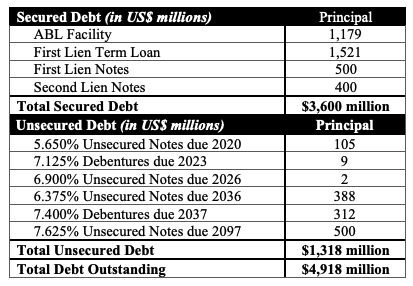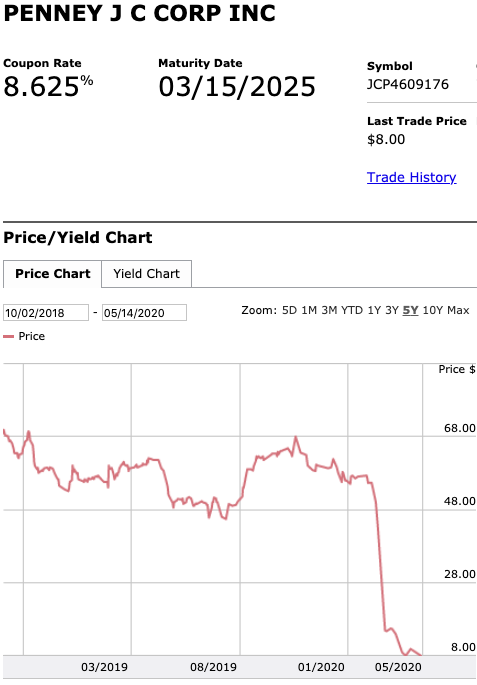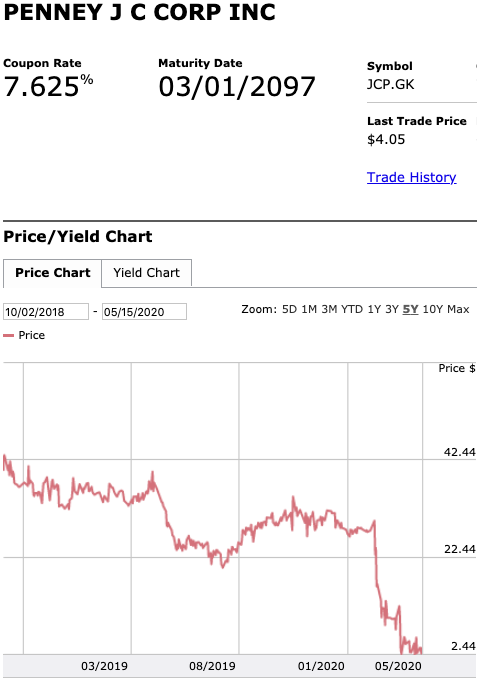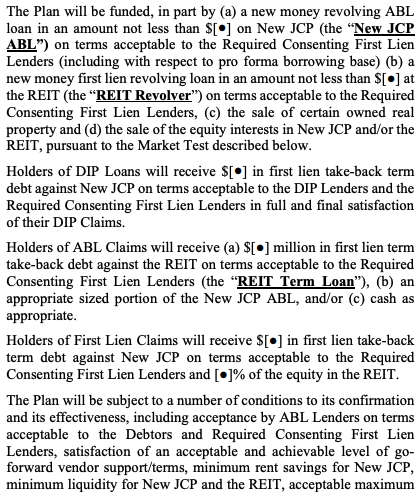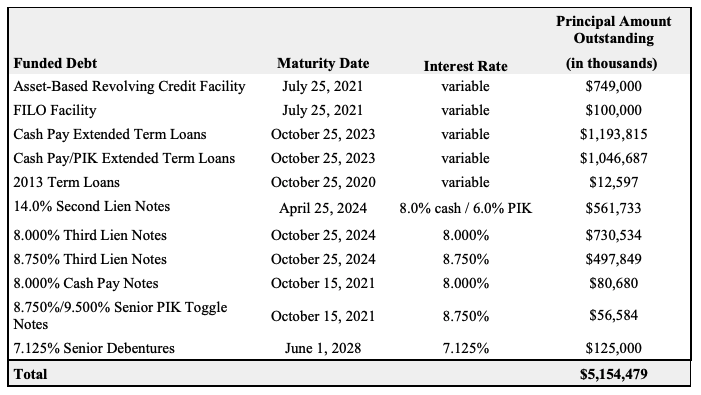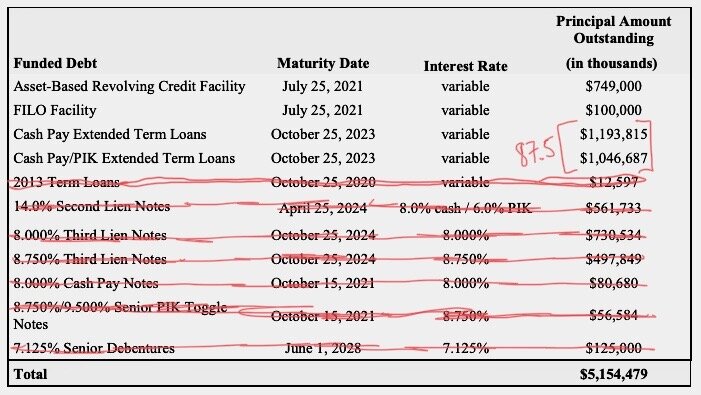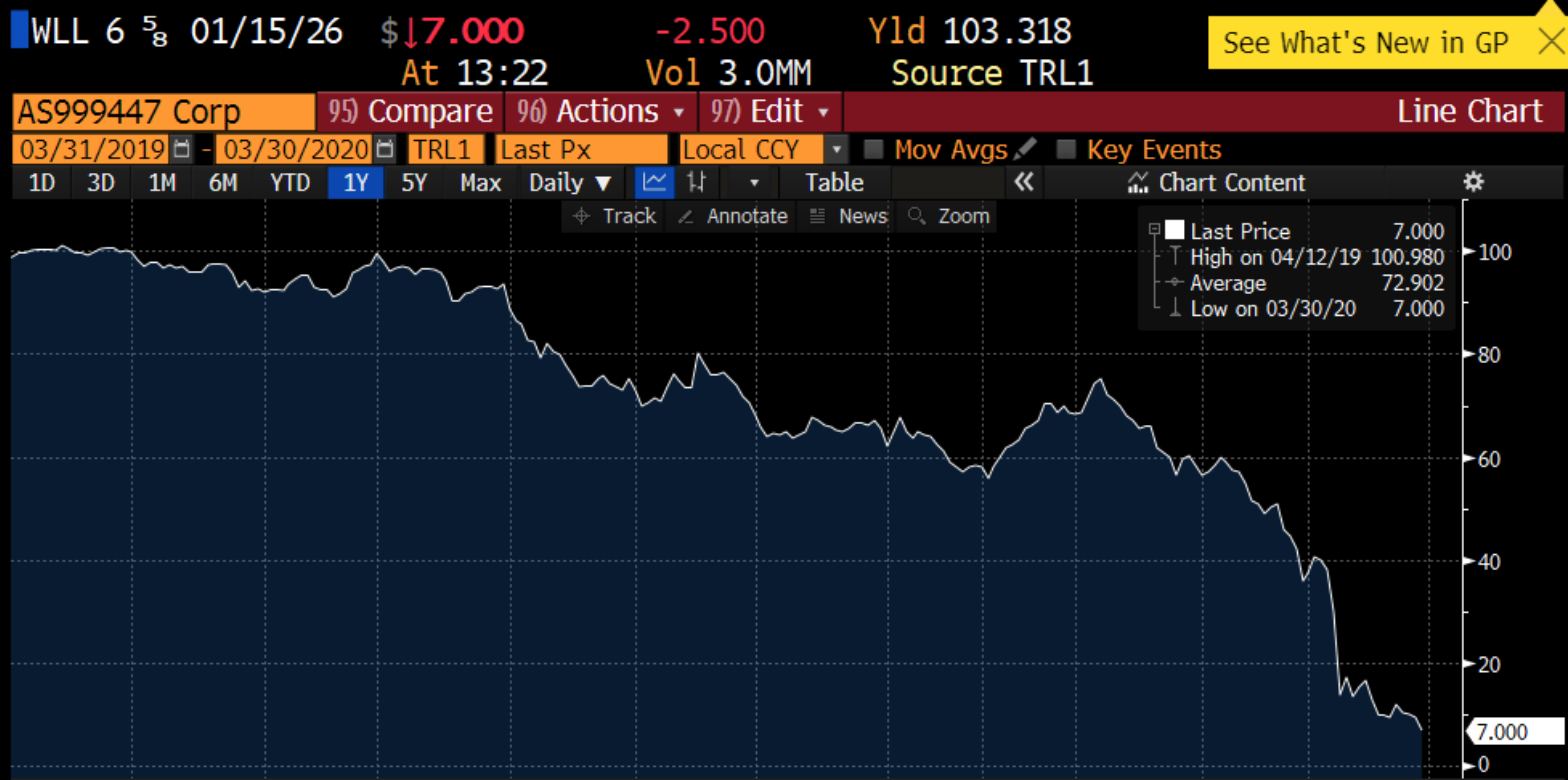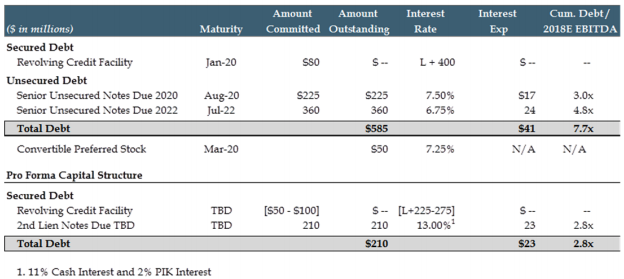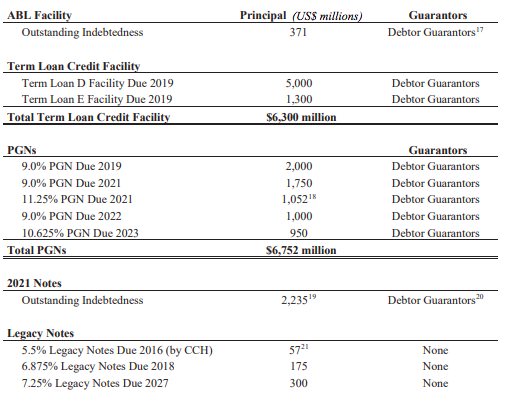⛽️ New Chapter 11 Bankruptcy Filing - Vista Proppants and Logistics LLC ⛽️
Vista Proppants and Logistics LLC
June 9, 2020
You wouldn’t know it from the equity price action in oil and gas this week but lest there be any confusion: generally speaking, oil and gas is still very much f*cked.
Privately-held (The Lonestar Prospects Holdings Company LLC and First Reserve) Texas-based Vista Proppants and Logistics LLC (along with its affiliate filers, the “debtors”) is yet another victim of the oil and gas malaise. Its principal business is producing mine-to-wellhead high-quality, fine-grade “Texas Premium White” frac sand for end users in TX and OK. The business includes mining (via debtor subsidiary Lonestar Prospects Management LLC), trucking (via debtor subsidiary MAALT LP, and transloading (via debtor subsidiary MAALT Specialized Bulk LLC). The company operates three mines in Texas, twelve transloading terminals in TX and OK, three trucking facilities in TX, and a fleet of approximately 100 “last-mile” transport vehicles. Spoiler alert: when oil prices break through the floor and everyone cuts back capacity, there ain’t a whole lot of need for frac sand. Toss in a little COVID into the mix — further decimating the oil and gas space — and, well, here we are in bankruptcy court. The debtors have shut down their mining operations and aren’t engaging in any trucking and transloading activity.
As you might expect, even with all of the cost cutting initiatives under the sun, not operating can have an effect on liquidity. And indeed that’s the case here: the debtors ran out of money to service their operations and their $357+mm of debt (Ares Capital Corporation ($ARCC)). The bankruptcy filing avails the debtors of $11mm of DIP financing and provide an opportunity for the debtors to pursue a sale of their assets to Ares or a third-party buyer.
The other thing this bankruptcy filing does is provide the debtors of the same opportunity that previous frac sand provider, Emerge Energy Services, took advantage of in bankruptcy court. That is, the rejection of railcar leases. These fixed cost contracts make no sense for the debtors anymore as they simply don’t have the volumes to transport. Indeed, the debtors have already filed a slate of contract rejection motions.
Along those lines, this isn’t the first frac sand chapter 11 bankruptcy and it likely isn’t the last either.
*For the avoidance of doubt, ARCC placed this sucker on non-accrual previously. Notably, Bloomberg reported on various comments that Ares’ CEO Michael Arougheti said this week at the Morgan Stanley Virtual U.S. Financials Conference:
“There is a little bit of a risk that people are underestimating the level of distress in the small business and consumer landscape absent the government support,” Michael Arougheti, chief executive officer at Ares Management Corp. said. “When you look at the government aid programs, they’ve generally been structured to get us through June and July, and after that is a big question mark.”
Vista seems apropos of that comment. The question is whether Vista is also the canary in the coal mine for BDC investments. Bloomberg also noted:
The firm’s portfolio companies have received capital injections from equity owners to support business, he said. Within its credit holdings, Ares has been able to negotiate stronger covenants and higher loan prices. The firm is “cautiously optimistic” of receiving debt payments in June, he said.
Set your alarms.
Jurisdiction: N.D. of Texas (Judge Morris)
Capital Structure: $357.5mm Term Loan (Ares Capital Corporation), $21.9mm ABL (PlainsCapital Bank), MAALT Facility
Professionals:
Legal: Haynes and Boone LLP (Stephen Pezanosky, Ian Peck, David Staab)
Financial Advisor: Alvarez & Marsal LLC (Gary Barton)
Claims Agent: KCC (*click on the link above for free docket access)
Other Parties in Interest:
Ares Capital Corporation
Legal: Sidley Austin LLP (Dennis Twomey, Charles Persons, Juliana Hoffman)
Lonestar
Legal: Jackson Walker LLP (Kenneth Stohner Jr., Vienna Anaya)
PlainsCapital Bank
Legal: Foley & Lardner LLP (Holland O’Neil, Thomas Scannell)




